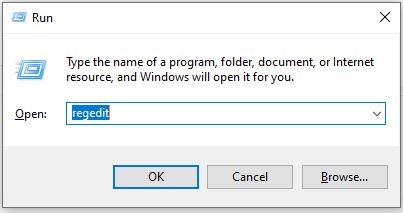The Remote Desktop Protocol (RDP) is a protocol, or technical standard, for using a desktop computer remotely. Remote desktop software can use several protocols, including RDP, Independent Computing Architecture (ICA), and virtual network computing (VNC), but RDP is the most commonly used protocol. RDP was initially released by Microsoft and is available for most Windows operating systems, but it can also be used with Mac operating systems.
What does ‘remote desktop’ mean?
A remote desktop is the ability to connect with and use a remote desktop computer from a separate computer. Remote desktop users can access their desktop, open and edit files, and use applications as if they were sitting at their desktop computer. Employees often use remote desktop software to access their work computers while traveling or working from home.
Remote desktop access differs from cloud computing, even though both allow employees to work remotely. In cloud computing, users access files and applications stored in the cloud — specifically, in cloud servers. In contrast, when using remote desktop software, users are accessing their physical desktop computer and can only use files and applications saved locally on that desktop. Cloud computing is sometimes easier to use and more efficient for remote workforces, but many companies have not migrated to the cloud or cannot for security or regulatory reasons.
How does RDP work?
Think of a remote-controlled drone or toy car. The user presses buttons and steers the drone or car from afar, transmitting their commands to the vehicle. Using RDP is somewhat like that: the user’s mouse movements and keystrokes are transmitted to their desktop computer remotely but over the Internet instead of over radio waves. The user’s desktop is displayed on the computer they are connecting from, just as if they were sitting in front of it.
The RDP protocol opens a dedicated network channel for sending data back and forth between the connected machines (the remote desktop and the computer currently in use). It always uses network port 3389 for this purpose. Mouse movements, keystrokes, the desktop display, and all other necessary data are sent over this channel via TCP/IP, which is the transport protocol used for most types of Internet traffic. RDP also encrypts all data so that connections over the public Internet are more secure.
Probably all of you have once used Windows to communicate remotely. The default port number used for remote desktops is 3389. In other words, RDP, which stands for Desktop, uses this port number to communicate. When you enable RDP in Windows, the TermService service starts listening on port 3389. This article will teach you how to change this port number to increase security issues.
You can use the Windows Registry to change the port number used by RDP. Follow the steps below to change the remote desktop port number easily.
Step 1. First, open the RUN window, type Regedit, and run it.

Step 2. Follow the path below in the Windows registry window.
HKEY_LOCAL_MACHINE\System\CurrentControlSet\Control\Terminal Server\WinStations\RDP-Tcp
from the right window PortNumber and double-click on it.
Step 4. In the window that opens, Value Data, enter your port number. Try to make it a 4-digit number and remember it.
Step 5. After changing and performing the operation and saving it, restart your computer once.
Note: Remember that from now on, to communicate with the operating system whose port you have changed, you must IP enter the new port number